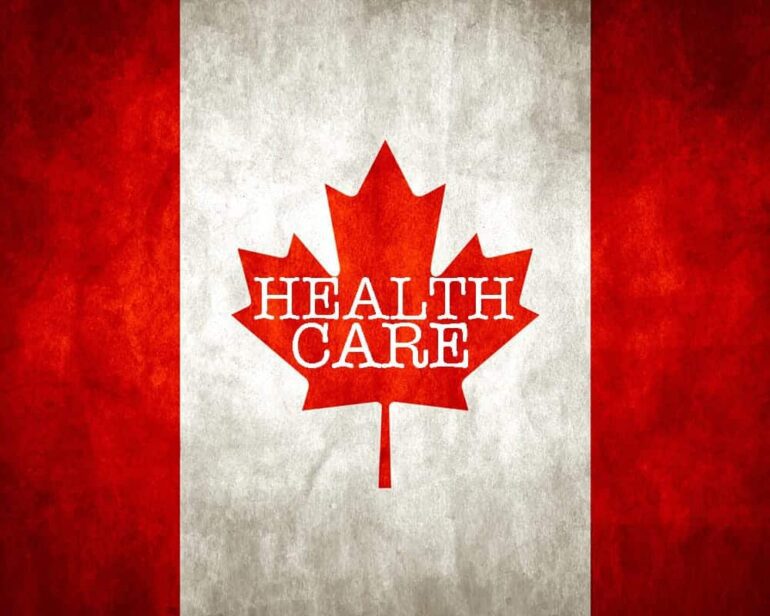TL;DR:
- MHRA, FDA, and Health Canada collaboratively introduce five guiding principles for machine learning-enabled medical devices (MLMDs).
- These principles aim to reduce regulatory burdens for MLMD manufacturers and enhance product development.
- AI and machine learning are transforming healthcare by analyzing vast amounts of data.
- The principles focus on Predetermined Change Control Plans (PCCPs) and emphasize attributes like focus, risk assessment, evidence-based practices, transparency, and product lifecycle perspective.
- Current regulations in the UK require manufacturers to notify conformity assessment bodies of updates to MLMDs, creating a significant burden.
- PCCPs enable manufacturers to demonstrate safety and efficacy without regulatory intervention in the UK, US, and Canada, with specific national guidance for each jurisdiction.
- Dr. Paul Campbell of MHRA highlights the need for regulatory adaptation to support innovation while ensuring patient safety.
- MHRA plans to release comprehensive guidance in 2024.
Main AI News:
In a strategic collaboration, the Medicines and Healthcare products Regulatory Agency (MHRA), alongside the US Food and Drug Administration (FDA) and Health Canada, has introduced a set of five pivotal principles tailored to the realm of machine learning-enabled medical devices (MLMDs). These principles are poised to revolutionize the landscape by streamlining regulatory procedures and freeing up valuable resources that can be channeled into enhancing product excellence.
In the ever-evolving healthcare sector, artificial intelligence (AI) and machine learning technology have taken center stage, harnessing the power of extensive data generated in the course of routine healthcare delivery. With this transformative potential in mind, the regulatory authorities have meticulously crafted these guiding principles, which extend and build upon the foundational tenets of Good Machine Learning Practice first unveiled in 2021.
These five guiding principles enunciate that a Predetermined Change Control Plan (PCCP) must possess five essential attributes: it should be focused and delimited, rooted in risk assessment, grounded in concrete evidence, marked by transparency, and embrace a comprehensive perspective spanning the entire product lifecycle.
Currently, in the United Kingdom, manufacturers are mandated to promptly notify their conformity assessment body whenever updates or alterations are made to MLMDs. The ubiquity of AI and machine learning in medical devices necessitates frequent updates, resulting in recurrent reassessment processes that developers and assessors must contend with.
However, the advent of PCCPs marks a turning point in this landscape. MLMD manufacturers can now demonstrate precisely how they plan to implement changes and updates to ensure the enduring safety and efficacy of their products, all without necessitating regulatory intervention. This monumental development applies seamlessly across the regulatory jurisdictions of the UK, the United States, and Canada, fostering a harmonized approach to machine learning in medical devices.
While these guiding principles provide a unified foundation, each regulator will unveil tailored national guidelines for manufacturers to adhere to, ensuring a balanced approach that aligns with their specific requirements.
Dr. Paul Campbell, the head of software and AI at MHRA, emphasized, “As AI and MLMDs gain increasing prominence in healthcare, it’s imperative for regulators to adapt their processes to support innovation while safeguarding patient well-being. Through our collaboration with the FDA and Health Canada on these guiding principles, we aim to establish a clear alignment in our expectations for successful change control plans, ultimately reducing the regulatory burden on manufacturers.”
Conclusion:
These new principles signify a significant shift in the regulation of machine learning-enabled medical devices. By streamlining processes and providing clearer guidelines, they create an environment where innovation can thrive while upholding patient safety. This development is poised to drive growth and innovation in the market for healthcare technology, benefitting both manufacturers and patients.

